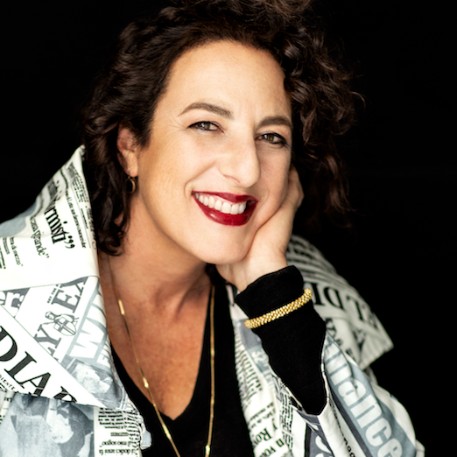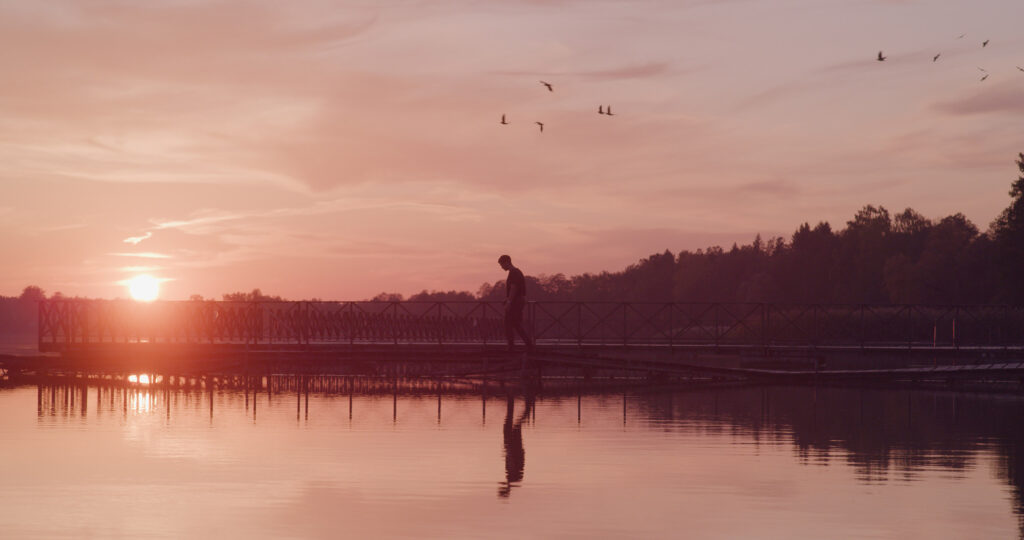
PUBLISHED20 May 2022
Voice of the Industry
Mitzi Goldman, CEO of Documentary Australia, addresses the dilemmas and contradictions facing documentary filmmakers, funding and audiences in the search for meaningful content.
AUDIENCES ARE HUNGRY for stories that help us make sense of the world. So many of us struggle to process the increasingly bizarre turn of world events, and while we can empathise with another person’s lived experience, many of us also want to know how we can contribute to making the world a better place.
One of the most often asked questions we get from audiences is “What can I do to help?” Not only is there a great need for arts to process the complexity of our world, there is a growing desire to participate in social change initiatives. Social impact documentary engages people emotionally and an impact strategy offers them avenues to become involved. We are living in a time when we need the arts more than ever.
From where I sit at Documentary Australia, we’re privileged to see and support 100+ documentaries a year, telling stories across a broad range of fascinating human subjects. The best documentaries are character-driven dramas dealing with complex social issues that play powerfully on the international stage. As Paul Wiegard, CEO and co-founder of Madman Entertainment, said to me recently on a panel at the Screen Forever conference: “We can just call them all films; it doesn’t matter as much in this generation whether they are drama or documentary, they are just great stories”.

Audiences flock to true stories told with authenticity and deep humanity. They inspire, move and connect us. The passion and resilience of our documentary storytellers fills me with admiration, and I never tire of hearing of their multi-year journeys to get their stories to screens. Increasingly, the pathways to funding and audiences are not necessarily via the traditional avenues of broadcaster, government funding agencies and cinema.
Over the last 14 years of Documentary Australia’s life, we’ve seen a continual growth in philanthropic engagement with documentary to assist in getting these stories made and seen. Pathways to audience are many and varied. Some projects have broadcast, but this is not necessarily the best way to actively engage an audience. Increasingly, we are seeing it is hard to get audiences to cinemas. So with the traditional pathways to audience continuing to be disrupted, where do these stories find their eyes and their ears?
Philanthropy has always had an important role to play in the arts. Historically, patrons of the arts have enabled artists to be independent from the conservative commercial imperatives of the marketplace. Philanthropy liberates the artist to think and create critically, and to offer perspectives that challenge the status quo. Since the launch of Documentary Australia, more than $35 million has been raised for films, impact strategies and our programs to build capacity in the sector.
This investment has seen a shift in how films come to audiences – giving filmmakers the ability to build powerful partnerships outside broadcasters and distributors. Many philanthropic funders want to see real change on issues like climate action, gender equity, human rights, social justice. They know that truth telling is central to not only raising awareness but shouting out, beyond the echo chambers, into the community to drive people to act. When ordinary people’s livelihoods are threatened by corporate interests they can often only resort to community action in self-defence. It doesn’t always work, but it can help enormously to have a documentary to rally the troops, convene conversations, and cut through the chatter to put a case succinctly and powerfully. When a documentary is used strategically and effectively by organisations, it can change real world outcomes. We’ve seen this again and again. The documentary Frackman empowered rural communities to stand up against fracking. Because of its regional tour hand-in-hand with Lock the Gate, a passionate advocacy group campaigning against fracking, fracking was abandoned across large areas of NSW.

There are so many examples of stories that, when placed in the hands of key partners with large audience networks, make significant impact in a multitude of ways. At a time when the traditional distribution models for documentary appear broken, there are many new opportunities to take documentaries to audiences who are seeking out meaningful stories. Even with the challenges of the pandemic, shifting financial markets and deepening international crises, the generosity of individuals has grown.
Our aim, at Documentary Australia, is to teach and support the documentary sector to shift their reliance on government subsidy and broadcast commissions, which are diminishing and tend to be risk averse – to identify, nurture and develop enduring relationships with individuals and foundations who believe in using documentary for social change. We have worked over the last decade to introduce documentary to the philanthropic sector, to excite them with its potential to amplify their social objectives.
There is an urgency on so many issues now, more than ever. Filmmakers are still learning to work with this model. The key is to understand the links between great stories, well told, with broad global issues, powerful and inspiring characters, and the landscape of organisations and advocates working in the same issue area. It’s about joining the dots and giving those with the engines the fuel to fly. Leveraging and aligning with philanthropic objectives is essential. Understand that philanthropy operates on many levels; grand and modest, financial and in kind. Data is gold, networks are the connecting tissue and story is king.
We are at a point of great change in the industry and it impacts on all genres. The streaming platforms have changed the way people discover and consume content. At Sundance Film Festival this year there was a reported feeding frenzy around documentaries from streamers like Netflix and Amazon, keen to get stories that dig deeper than the news headlines. But are they taking the risks in curation and storytelling that the public broadcasters might? There is more money out there than government funding agencies or public broadcasters have in their budgets. When a film is financed independently, philanthropically, the filmmaker has greater liberty to tell the story they need to tell, but then, even if they can reach a broadcast audience via acquisition, they won’t make much out of the back end to justify the years they have spent making the film.
One thing is clear. The audiences are there for documentary and the stories are strong. Often finding a documentary you’ve heard about, if you’ve missed it in the festival or brief cinema release, is like looking for a needle in a haystack. We’ve seen what works when you raise a significant outreach budget and have a dedicated impact producer to strategically take a documentary to audiences keen to see it. We need to see more funding going towards outreach so we can identify, nurture, build and service audiences with the meaningful content they are desperately seeking. How many of us give up after half an hour of scrolling through Netflix, only to go to bed to read a book. We’ve gone from desperately seeking the audience to audiences desperately seeking the content. It’s a conundrum in a rapidly changing landscape.
By Dr. Mitzi Goldman for IF Magazine’s Voice of the Industry